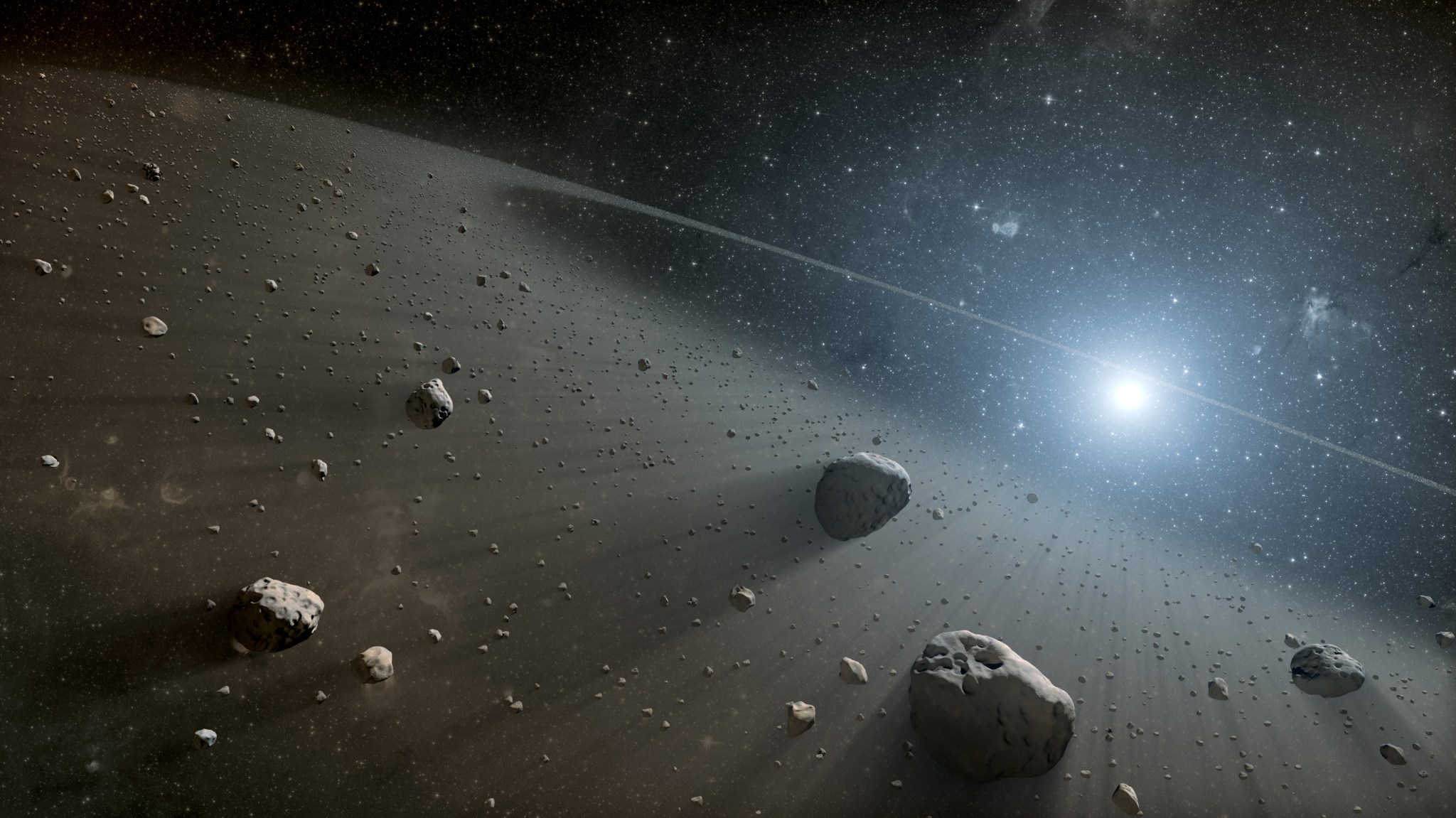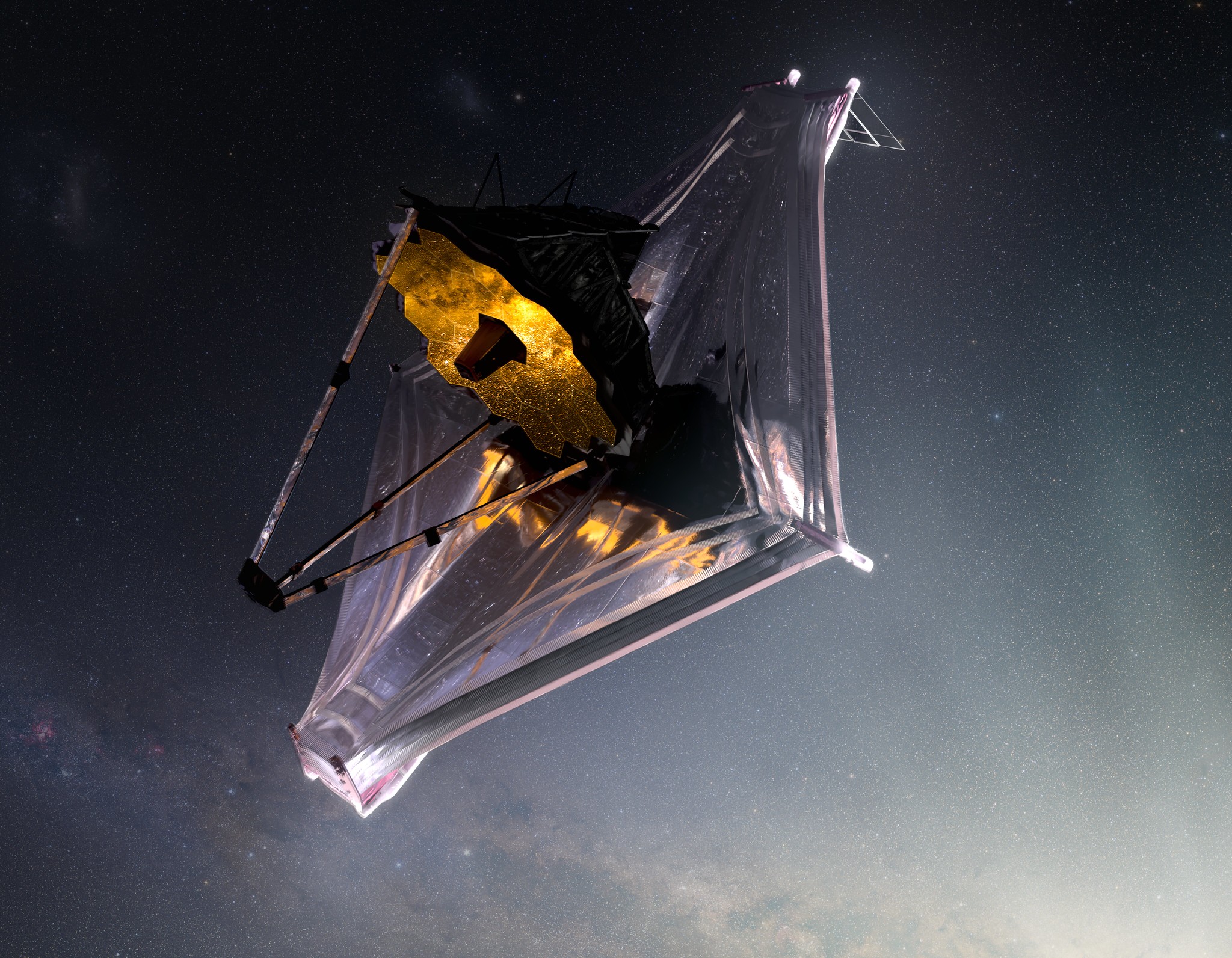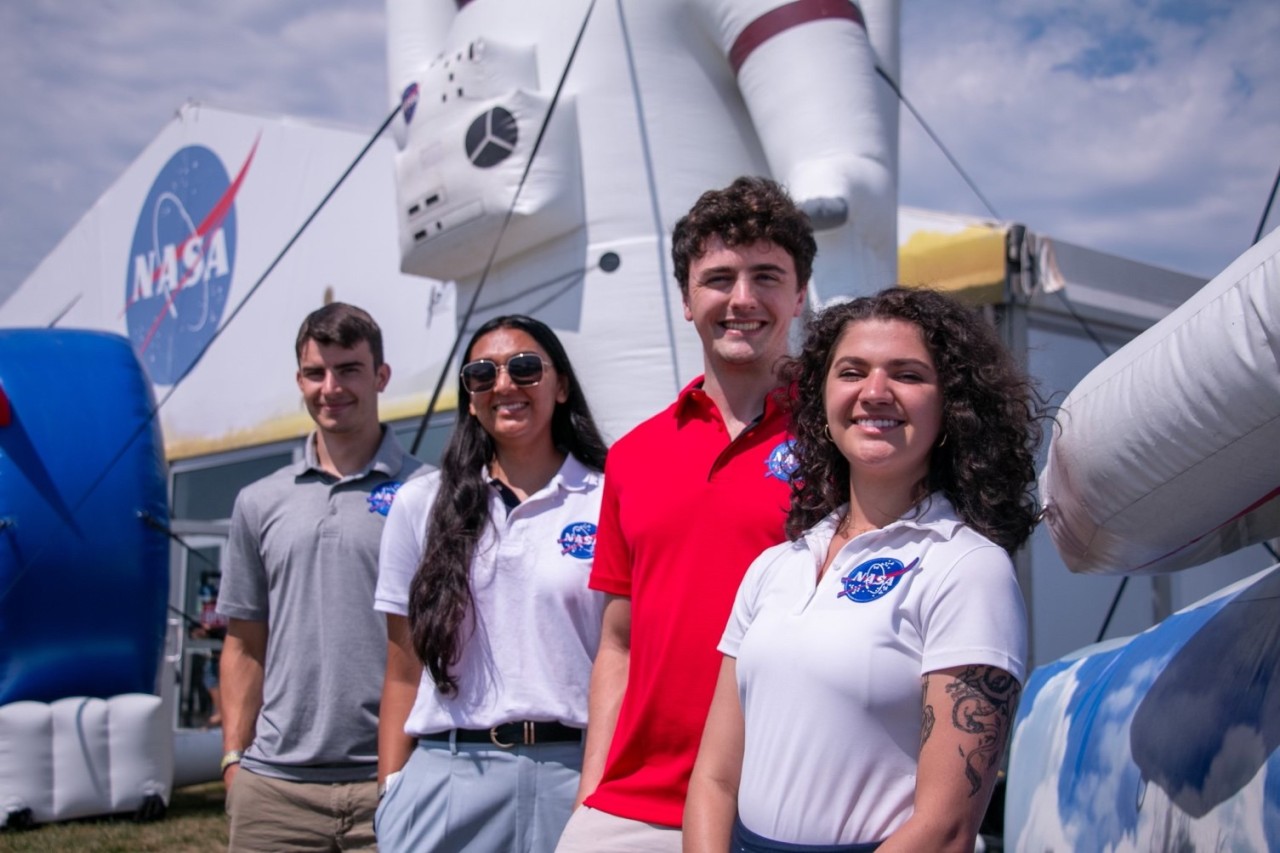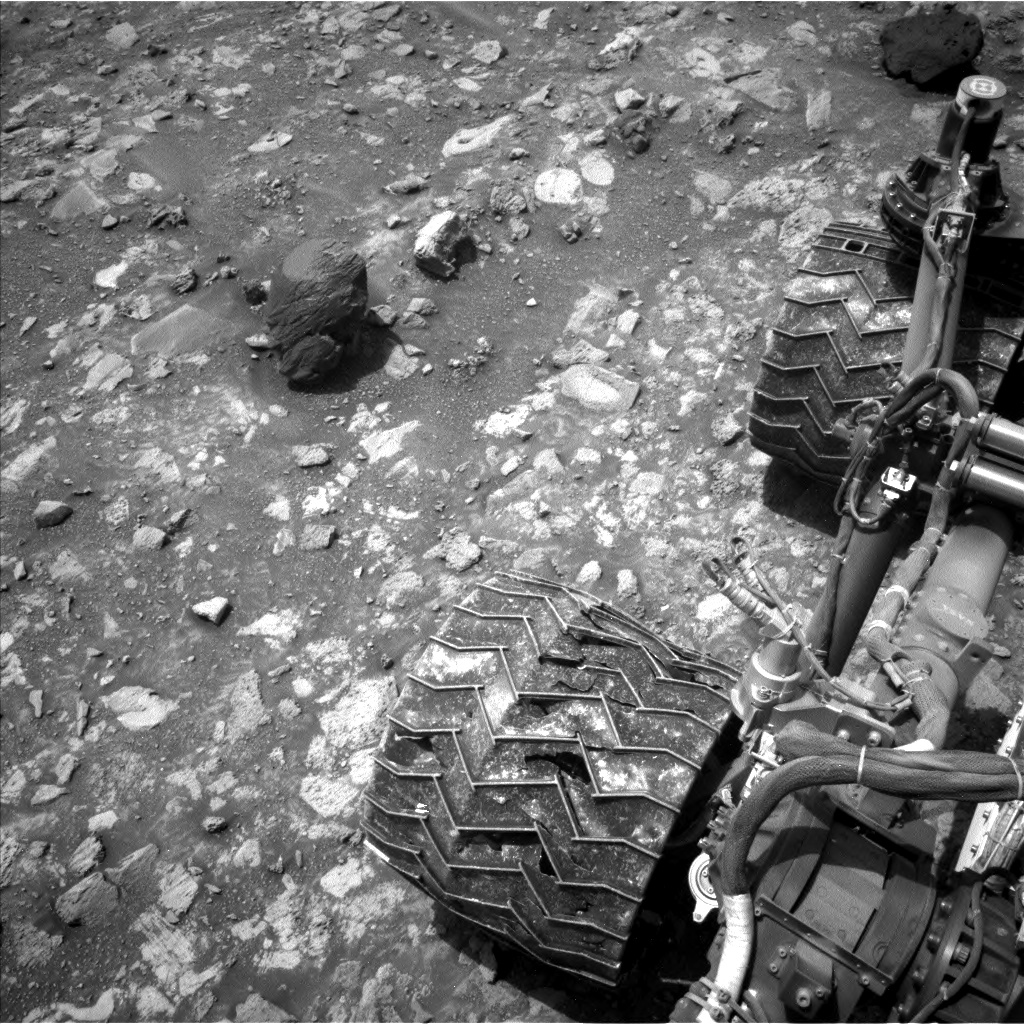NASA’s Webb Reveals Smallest Asteroids Yet Found in Main Asteroid Belt
NASA’s powerful James Webb Space Telescope includes asteroids on its list of objects studied and secrets revealed. A team led by researchers at the Massachusetts Institute of Technology (MIT) in Cambridge repurposed Webb’s observations of a distant star to reveal a population of small asteroids — smaller than astronomers had ever detected orbiting the Sun in the main […]

NASA’s powerful James Webb Space Telescope includes asteroids on its list of objects studied and secrets revealed.
A team led by researchers at the Massachusetts Institute of Technology (MIT) in Cambridge repurposed Webb’s observations of a distant star to reveal a population of small asteroids — smaller than astronomers had ever detected orbiting the Sun in the main asteroid belt between Mars and Jupiter.
The 138 new asteroids range from the size of a bus to the size of a stadium — a size range in the main belt that has not been observable with ground-based telescopes. Knowing how many main belt asteroids are in different size ranges can tell us something about how asteroids have been changed over time by collisions. That process is related to how some of them have escaped the main belt over the solar system’s history, and even how meteorites end up on Earth.
“We now understand more about how small objects in the asteroid belt are formed and how many there could be,” said Tom Greene, an astrophysicist at NASA’s Ames Research Center in California’s Silicon Valley and co-author on the paper presenting the results. “Asteroids this size likely formed from collisions between larger ones in the main belt and are likely to drift towards the vicinity of Earth and the Sun.”
Insights from this research could inform the work of the Asteroid Threat Assessment Project at Ames. ATAP works across disciplines to support NASA’s Planetary Defense Coordination Office by studying what would happen in the case of an Earth impact and modeling the associated risks.
“It’s exciting that Webb’s capabilities can be used to glean insights into asteroids,” said Jessie Dotson, an astrophysicist at Ames and member of ATAP. “Understanding the sizes, numbers, and evolutionary history of smaller main belt asteroids provides important background about the near-Earth asteroids we study for planetary defense.”
The team that made the asteroid detections, led by research scientist Artem Burdanov and professor of planetary science Julien de Wit, both of MIT, developed a method to analyze existing Webb images for the presence of asteroids that may have been inadvertently “caught on film” as they passed in front of the telescope. Using the new image processing technique, they studied more than 10,000 images of the star TRAPPIST-1, originally taken to search for atmospheres around planets orbiting the star, in the search for life beyond Earth.
Asteroids shine more brightly in infrared light, the wavelength Webb is tuned to detect, than in visible light, helping reveal the population of main belt asteroids that had gone unnoticed until now. NASA will also take advantage of that infrared glow with an upcoming mission, the Near-Earth Object (NEO) Surveyor. NEO Surveyor is the first space telescope specifically designed to hunt for near-Earth asteroids and comets that may be potential hazards to Earth.
The paper presenting this research, “Detections of decameter main-belt asteroids with JWST,” was published Dec. 9 in Nature.
The James Webb Space Telescope is the world’s premier space science observatory. Webb is solving mysteries in our solar system, looking beyond to distant worlds around other stars, and probing the mysterious structures and origins of our universe and our place in it. Webb is an international program led by NASA with its partners, ESA (European Space Agency) and CSA (Canadian Space Agency).
For news media:
Members of the news media interested in covering this topic should reach out to the NASA Ames newsroom.
What's Your Reaction?



















.jpg?#)

































